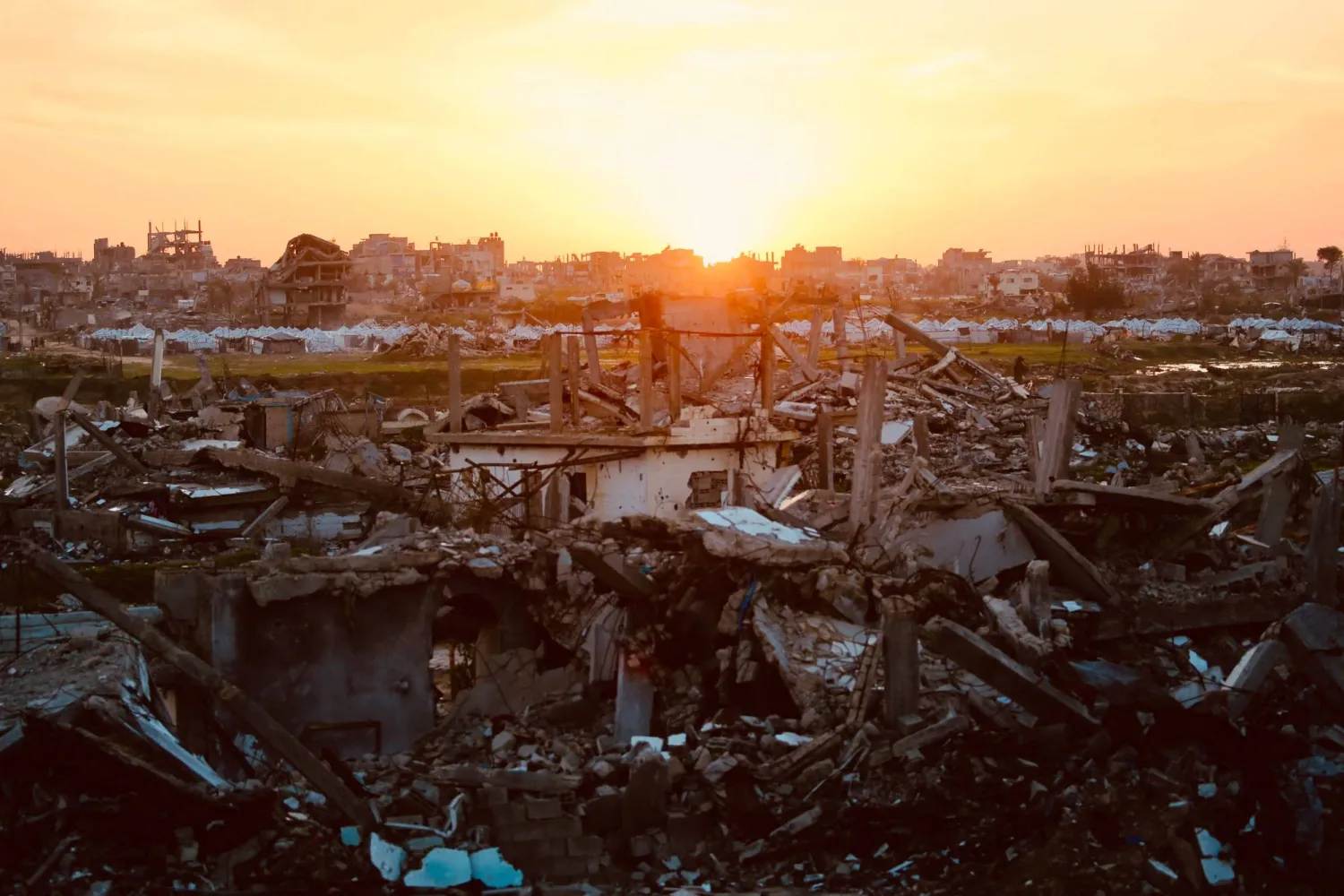The United States and Iraq held a first session of formal talks Saturday in Baghdad aimed at winding down the mission of a US-led military coalition formed to fight the ISIS group in Iraq.
Iraqi Prime Minister Mohammed Shia al-Sudani said in a statement that he had sponsored “the commencement of the first round of bilateral dialogue between Iraq and the United States of America to end the mission of the Coalition in Iraq.”
The beginning of talks, announced by both countries on Thursday, comes as US forces in Iraq and Syria have been regularly targeted by drone attacks launched by Iran-backed militias against the backdrop of the ongoing Israel-Hamas war.
The US says plans to set up a committee to negotiate the terms of the mission’s end were first discussed last year, and the timing isn't related to the attacks.
Washington has had a continuous presence in Iraq since its 2003 invasion. Although all US combat forces left in 2011, thousands of troops returned in 2014 to help the government of Iraq defeat ISIS.
Since the extremist group lost its hold on the territory it once seized, Iraqi officials have periodically called for a withdrawal of coalition forces, particularly in the wake of a US airstrike in January 2020 that killed Iranian Gen. Qassem Soleimani and Iraqi militia leader Abu Mahdi al-Muhandis outside the Baghdad airport.
The issue has surfaced again since Israel launched its major counteroffensive in Gaza following the Oct. 7 Hamas-led attack in southern Israel.
Since mid-October, a group of Iran-backed militias calling itself the “Islamic Resistance in Iraq” have launched regular attacks on US forces in Iraq and Syria, which the group said are in retaliation for Washington’s support for Israel in the war in Gaza.
Those estimated 2,500 US troops and the bases they serve on have drawn more than 150 missile and drone attacks fired by the militias. Scores of US personnel have been wounded, including some with traumatic brain injuries, during the attacks.
The US has struck militia targets in return, including some linked to the Popular Mobilization Forces, a coalition of mainly Shiite, Iran-backed paramilitary groups that is officially under the control of the Iraqi military. But it largely operates on its own in practice. Iraqi officials have complained that the US strikes are a violation of Iraq's sovereignty.
US officials have said that talks about setting up a committee to decide on the framework for ending the coalition’s mission were already underway before Oct. 7 and the decision is unrelated to the attacks.
The “Islamic Resistance in Iraq” nevertheless took credit for the decision in a statement, saying that it “proves that the Americans only understand the language of force.” It vowed to continue its attacks.









